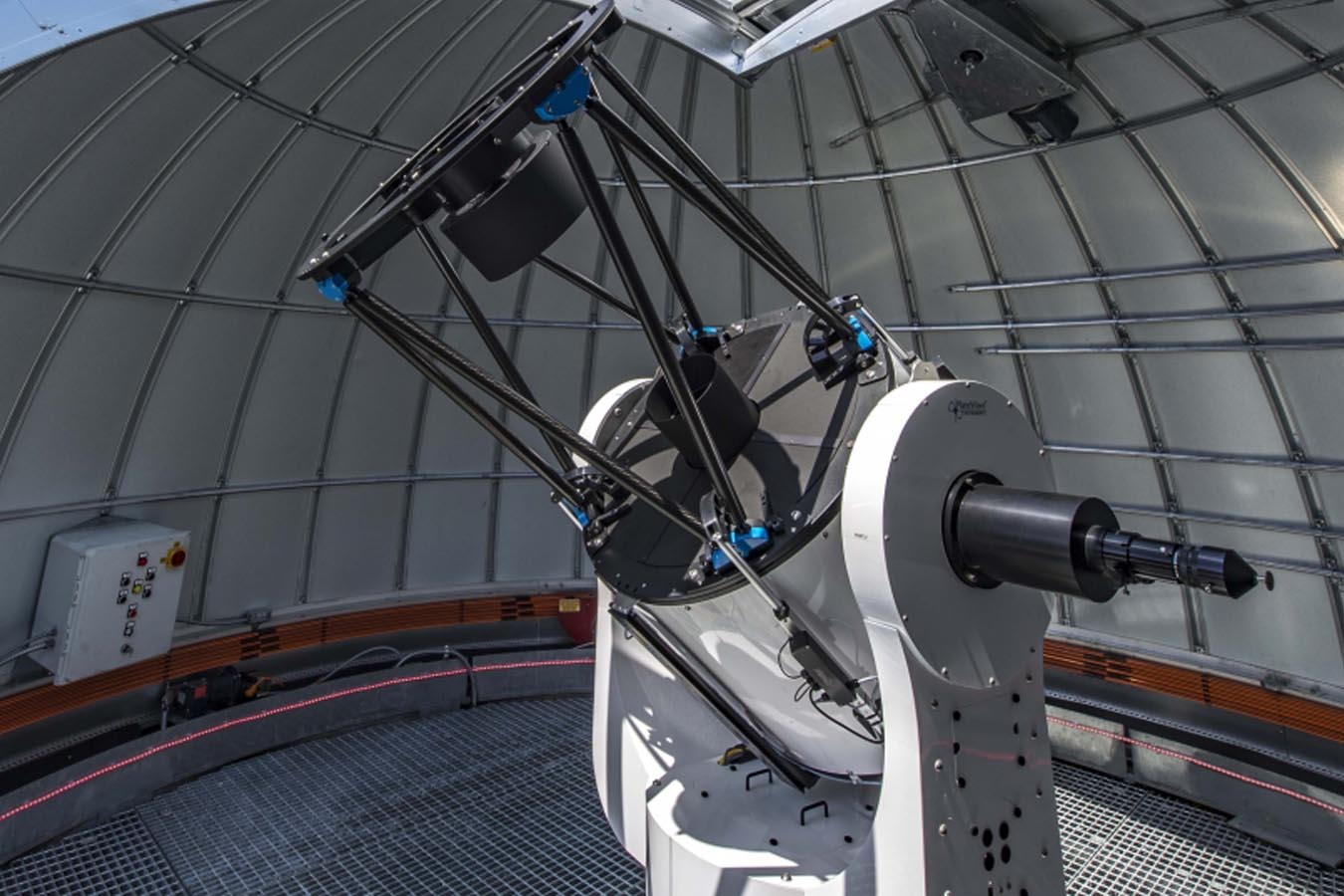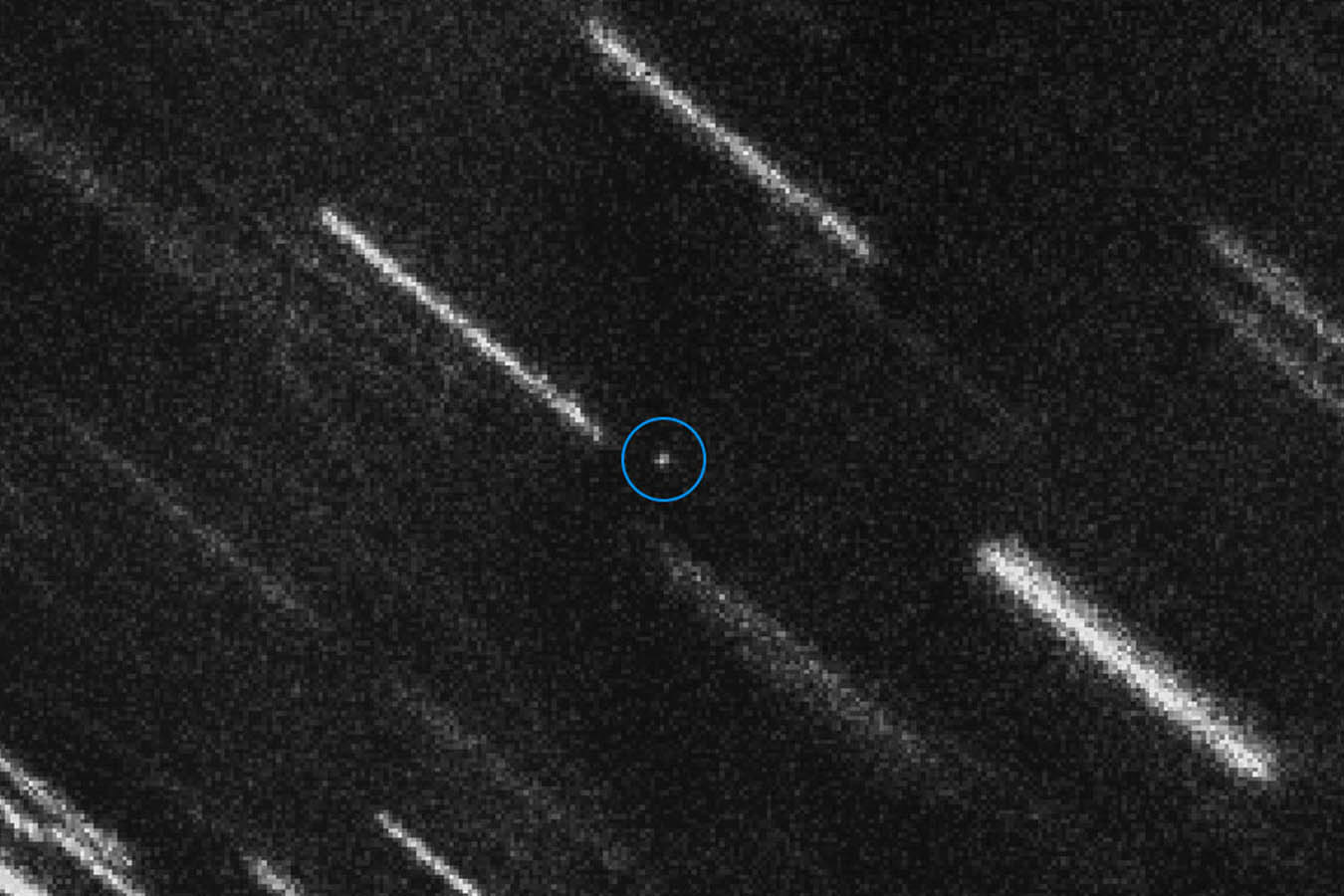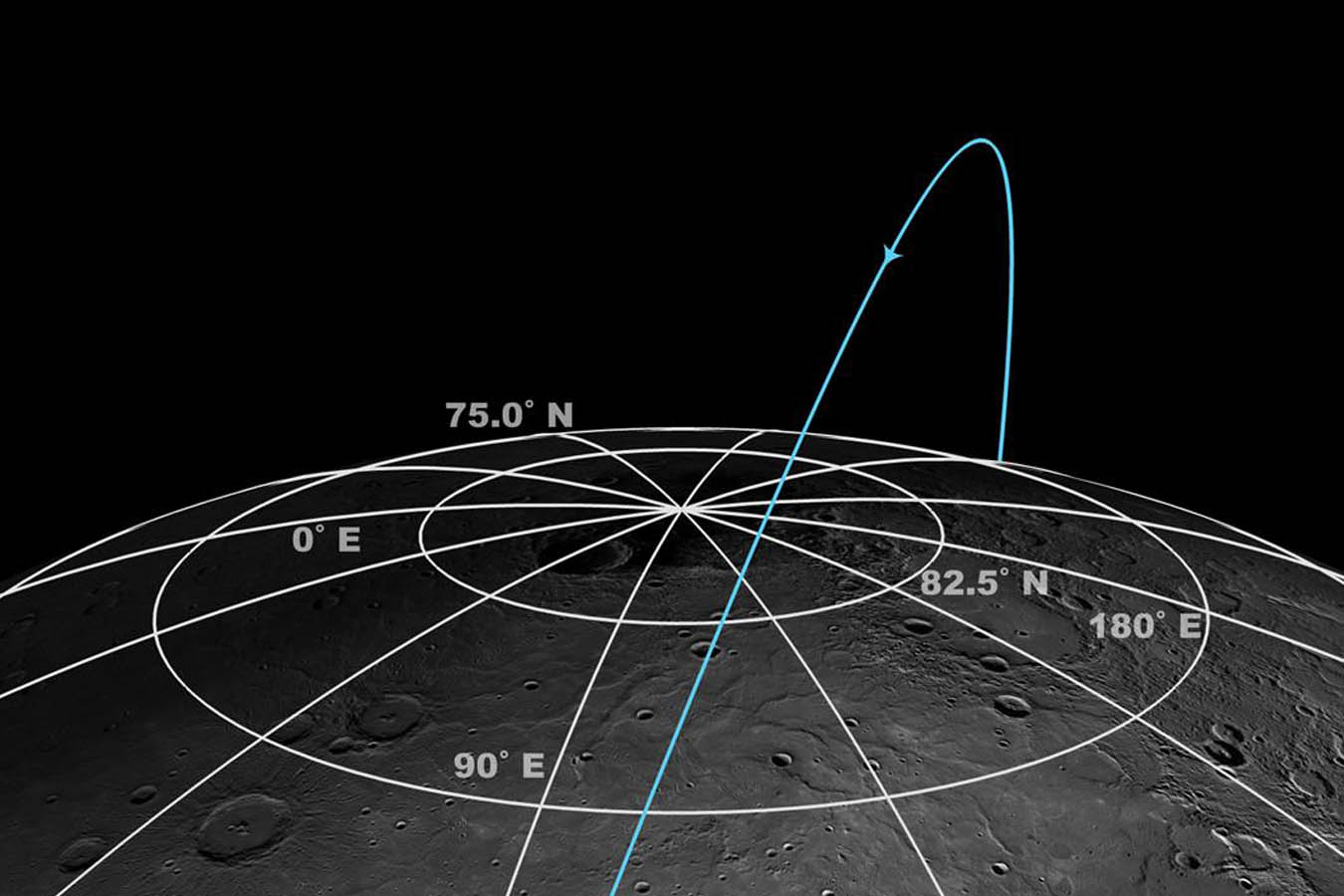Enhancing
Safety of Spaceflight
Astro-Dynamics provides surveillance and tracking services supporting persistent space situational awareness, safety and sustainability of space operations.

Taskable Sensors
Network of ground optical sensors providing high-precision tracking data for space flght dynamics operations, precise orbit determination and asset monitoring.

High-Precision Data
Time-resolved photometry products are offered in standard photometric bands in visible spectrum. Typical precision is 0.1 magnitude in V-band.

On Demand
Data subscription for operators with independent monitoring of spacecraft in Medium Earth Orbit (MEO), Geosynchronous Earth Orbit (GEO) and Highly Elliptical Orbit (HEO) regimes, and deep space missions.
 A 3-degree field of view photograph of the sky,
A 3-degree field of view photograph of the sky, showing more than 138 spacecraft tracks in 15 hours
of exposure. Image courtesy Álvaro Ibáñez Pérez.
We can no longer assume the sky is big. As the frequency of close approaches, proximity operations and collisions increases with the growth of space activity, global community depends on efficient space traffic management. Substantial collision risks exist from Low Earth Orbit to high-altitude orbital regimes due to the increasing use.
Astro-Dynamics supports spacecraft operators, launch providers, debris removal and satellite servicing missions, insurers, defense agencies, civil contingency agents, mission designers and researches, to protect assets and support long-term sustainability of space operations.
Our taskable optical sensors detect, correlate and track objects persistently and on demand. Designated objects include spacecraft, such as satellites, probes, interplanetary and deep space missions, and potential conjunction objects and debris. Our space surveillance and tracking (SST) and derived products, such as the RTTS service is used to support space flight dynamics activities, maintain up-to-date information on the state of space objects, assess collision probabilities, optimize spacecraft fuel use and operational costs.